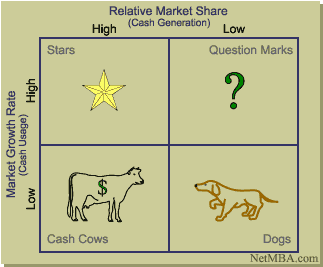I learnt a management concept called Boston Consulting Group (BCG) Matrix when I was in College. BCG Matrix was created in 1970s to help corporation analyse its business unit.
While this sharing is not meant to dwell into details of BCG Matrix. The Matrix is simple to understand, but does have its limitations as the Matrix is only based on 2 dimensional perspective i.e growth rate and market share.

Simplistically, a company which is categorized as cash cow is a company which has high market share in a slow-growing industry or matured industry, Cash cow generates plenty of cash flow in excess of the cash that is needed to maintain the business. Hence, cash cow business division is highly valuable to a corporation.
Similarly, cash cow is valuable to a dividend investor due to the ability of the company to earn a sustainable earnings and operating cashflow. Higher operating cashflow and lesser capital expenditure translates into healthy free cash flow which could be used to pare down debts or reward the shareholders via cash dividends.
Cash cow with stable or low business growth can also complement an equity investor's portfolio. We can mix cash cow and other companies which are in growing industry.
'Star' companies can also be a good choice for investment. 'Star' companies may eventually become cash cow when the industry growth slows.
The company to avoid is basically the 'Dogs', of which BCG Matrix defines as business that has low growth rate and low market share, and this business might barely produce enough cash flow to sustain its market share.
Company that falls under 'Question Marks' consumes more cash that the amount it generates, has low market share in fast growing industry, it may evolve into a 'Star' performer but how long will it takes to be a performer, remains uncertain. Investor with higher risk appetite might invest into this type of companies.
It is simplistic to categorize companies based on the 4 quadrants as the 2 dimensions mentioned above are not sufficient to identify a good company.
I would prefer companies that fall between categories of 'cash cow' and 'star'.
The combined factors are:
1) Improving market share or market leader
2) Reasonable business growth of at least matching our economic growth or more in the long run.
Hopefully, these companies will be able to add value to our equity portfolio in our quest to build sustainable wealth via its rising earnings and rising dividend payout.
Happy hunting for your 'cash star' (cash cow + star)
